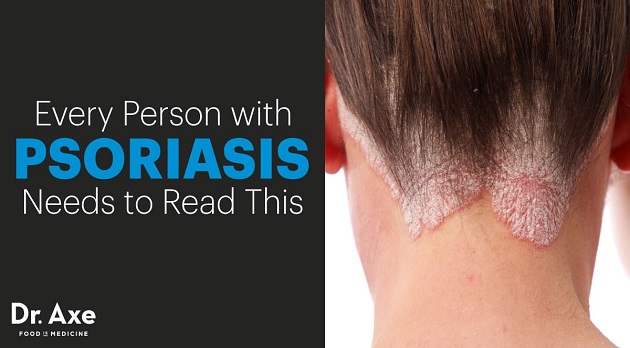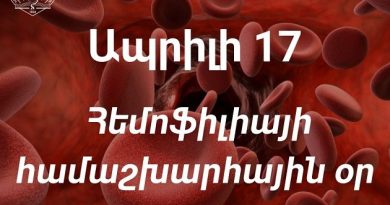Psoriasis
DEFINITION
Psoriasis is a chronic skin disorder characterized by excessive proliferation of keratinocytes, resulting in the formation of thickened scaly plaques, itching, and inflammatory changes of the epidermis and dermis. The various forms of psoriasis include guttate, pustular, and arthritis variants.

PHYSICAL FINDINGS AND CLINICAL PRESENTATION
● The primary psoriatic lesion is an erythematous papule topped by a loosely adherent scale . Scraping the
scale results in several bleeding points (Auspitz sign).
● Chronic plaque psoriasis generally manifests with symmetrical, sharply demarcated, erythematous, silver-scaled
patches affecting primarily the intergluteal folds, elbows, scalp, fingernails, toenails, and knees . This form
accounts for 80% of psoriasis cases.
● Psoriasis can also develop at the site of any physical trauma (sunburn, scratching). This is known as Koebner’s
phenomenon.
● Nail involvement is common (pitting of the nail plate), resulting in hyperkeratosis, and onychodystrophy, with
onycholysis .
● Pruritus is variable.
● Joint involvement can result in sacroiliitis and spondylitis.
● Guttate psoriasis is generally preceded by streptococcal pharyngitis and manifests with multiple droplike lesions on
the extremities and trunk .
CAUSE
● Unknown
● Familial clustering (genetic transmission with a dominant mode with variable penetrants)
● One third of persons affected have a positive family history.
● Within the past decade, several putative loci for genetic susceptibility to psoriasis have been reported. One locus (psoriasis susceptibility 1 [PSORS1] locus) in the major histocompatibility complex (MHC) region on chromosome 6 is considered the most important susceptibility locus.
LABORATORY TESTS
● Generally not necessary for diagnosis
● Diagnosis is clinical.
● Skin biopsy is rarely necessary.

TREATMENT
● Sunbathing generally leads to improvement.
● Eliminate triggering factors (e.g., stress, certain medications [lithium, beta blockers, antimalarials]).
● Patients with psoriasis benefi t from a daily bath in warm water followed by the application of a cream or ointment
moisturizer. Regular use of an emollient moisturizer limits evaporation of water from the skin and allows the stratum
corneum to rehydrate itself.
● Therapeutic options vary according to the extent of disease. Approximately 70% to 80% of all patients can be treated adequately with topical therapy.
● Patients with limited disease (less than 20% of the body) can be treated with topical steroids, calcipotriene, tar products, anthralin, and retinoids.
● Therapeutic options for persons with generalized disease (affecting more than 20% of the body) include UVB light
exposure three times weekly and oral PUVA. Systemic treatment includes methotrexate and cyclosporine for severe
psoriasis. Chronic plaque psoriasis may be treated with alefacept, a recombinant protein that selectively targets
T lymphocytes or etanercept, a tumor necrosis factor (TNF) antagonist.




